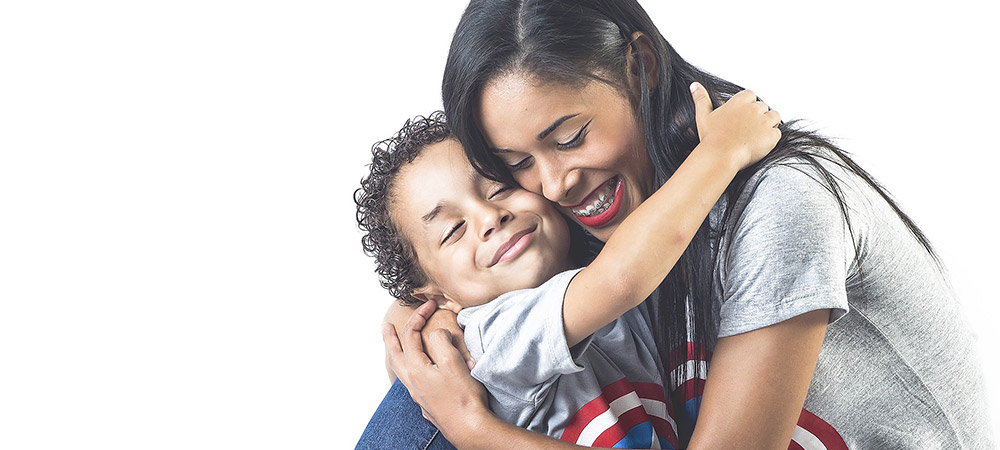When allergy doesn’t look like allergy

Allergychoices recently hosted its annual provider education conference for those interested in adding or expanding their use of sublingual immunotherapy in their practices. The conference’s goal is to arm allergy providers with a sublingual immunotherapy treatment protocol that they can easily and safely put into practice so more patients can find treatment closer to home.
Attendees learned the protocol, but equally important, how to apply it to real-world patients who walk in the door with a host of allergic conditions that may not always look like allergy on the surface:
- The patient with GI symptoms including vomiting, nausea, and stomach pain with Eosinophilic Esophagitis, whose symptoms resolved after sublingual immunotherapy for milk and wheat.
- The young child with congestion, running nose and eyes who is often sent home from school because teachers think he is “sick,” learning that treatment for dust mite, trees, grass, and molds put an end to the cycle.
- The atopic toddler with an itchy rash that waxes and wanes, who has family history of allergy but is too young for allergy shots. Treating dust mite, cat, and dog dander with allergy drops provided relief within a few months and eliminated the need for other therapies that can cause local and long-term side effects.
- The college student with abdominal distress, chronic yeast infections, sinusitis, and fatigue who tested negative on allergy prick tests to pollen, dust, and molds and had a negative GI workup but was diagnosed with IBS ; upon testing for delayed mold reaction and prescribing sublingual immunotherapy to address strong mold allergy and candida overgrowth, the patient’s symptoms resolved.
These cases can challenge providers on a daily basis (and they can cause patients great distress physically, emotionally, and financially). They’re the patients who don’t seem to respond to a variety of therapies because the allergic component isn’t recognized or considered. These are the cases that the program faculty, doctors at Allergy Associates of La Crosse, find are excellent candidates for the La Crosse Method Protocol and sublingual immunotherapy, and train providers across the U.S. to address in their own practices through Allergychoices training and various services.
Many allergic patients treated by the La Crosse doctors have exhausted other options and visit them as a last resort — unaware that sublingual immunotherapy can be a first line therapy to stave off a host of complications from untreated allergy. Treating the underlying cause of the allergy in a very specific manner based on the individual’s allergies — at a therapeutic level based on their history, exam and specific, reproducible tests — can help the patient build lasting tolerance with few, if any, side effects.
But first, it’s critical that the right questions are asked, that a good history is taken, and that here is an understanding that the symptom doesn’t always easily correlate with the root problem. The beauty of the La Crosse Method Protocol is that it takes into consideration a bigger picture, as well as the Total Load impacting the patient, and develops a precise approach for each patient based on his or her individual allergic “fingerprint.” Using this approach turns the old way of thinking on its ear — enabling what is often considered a last resort therapy to become a first stop for many patients. The end result often eliminates many of the side trips to unnecessary suffering, medication use, and countless medical visits and procedures that didn’t change the underlying disease as immunotherapy can; and it demonstrates the flexibility of a precise tool that enables providers to do more for the full spectrum of allergy sufferers.
Author: Anne Hendrickson
